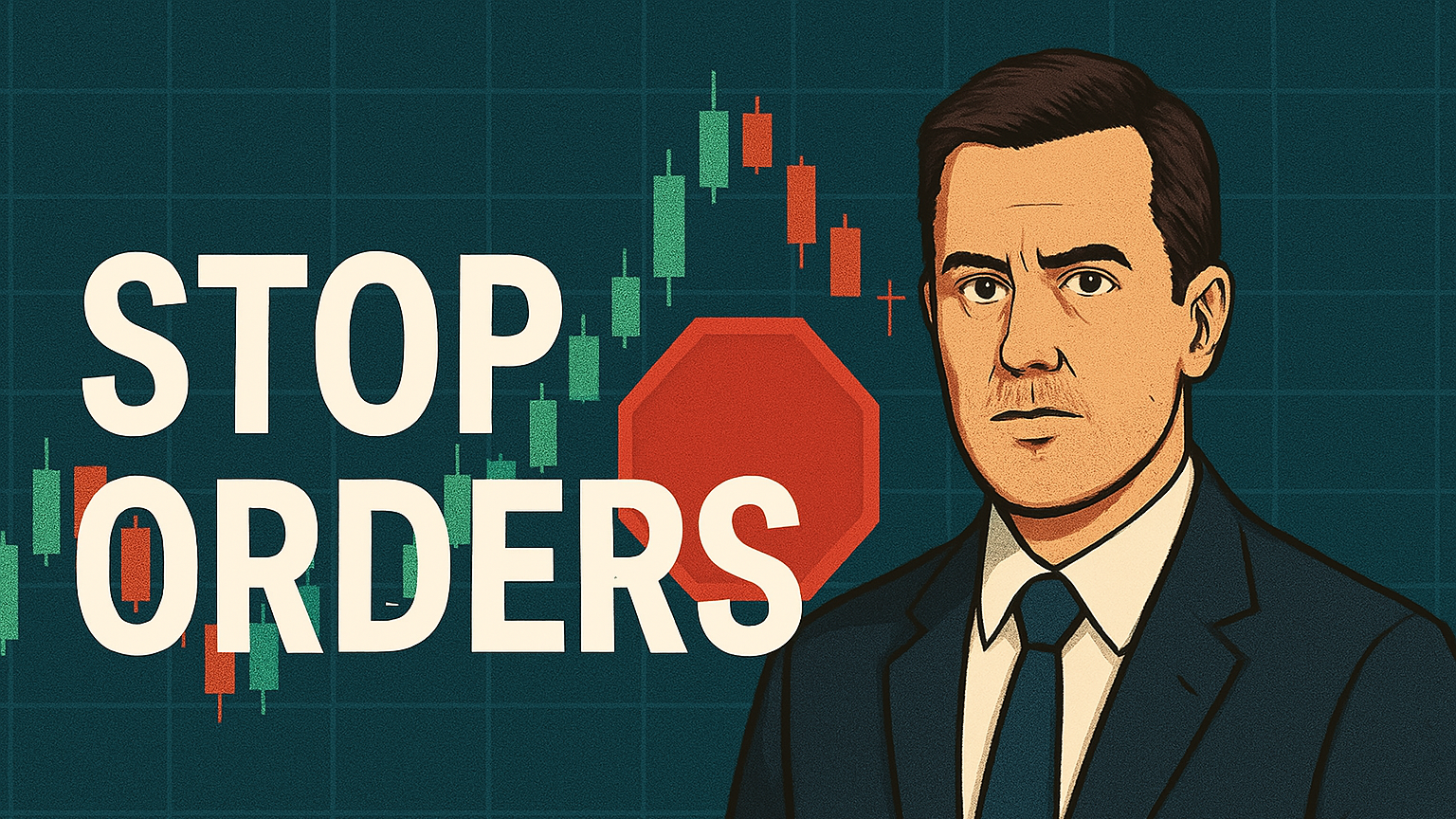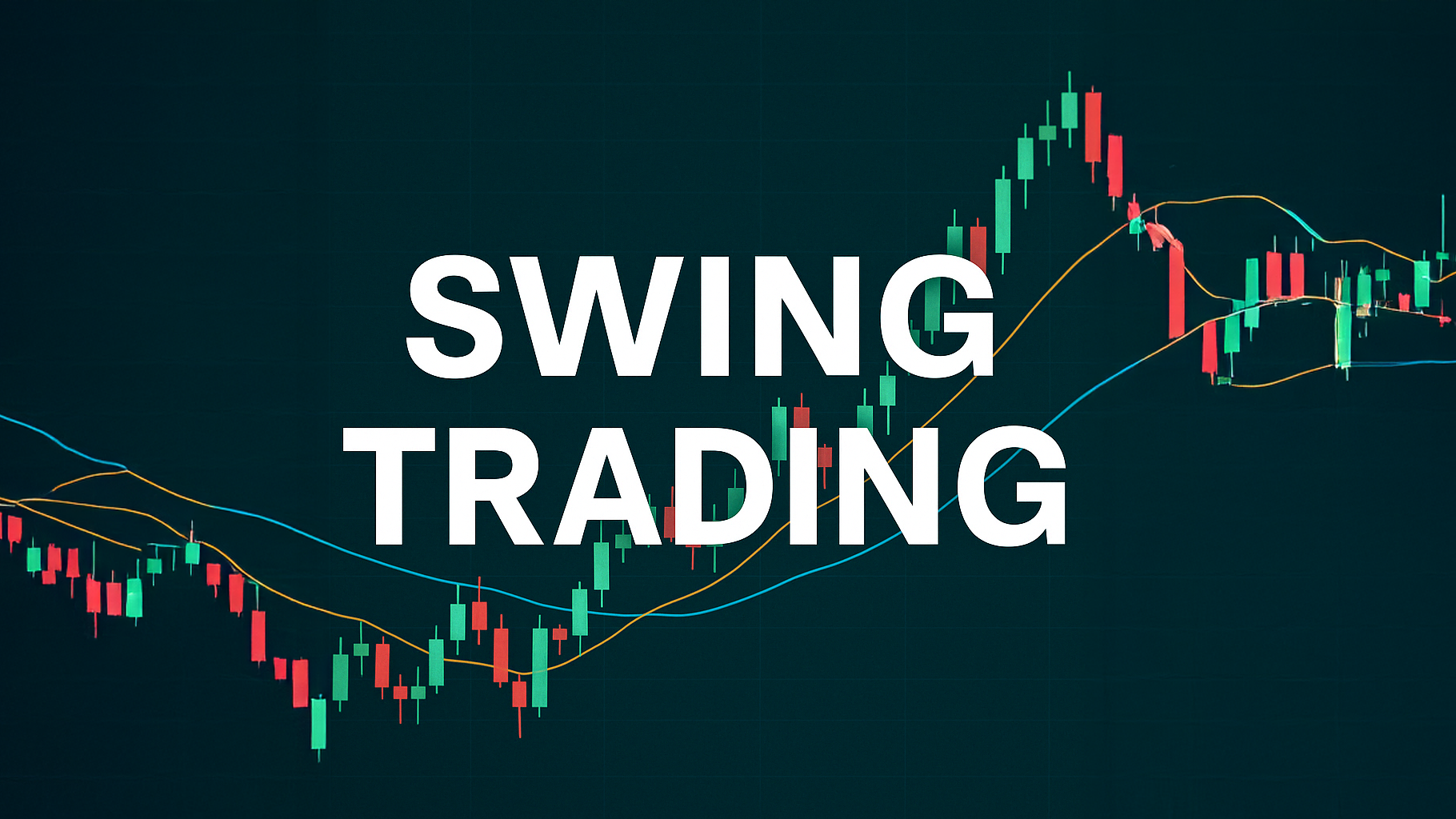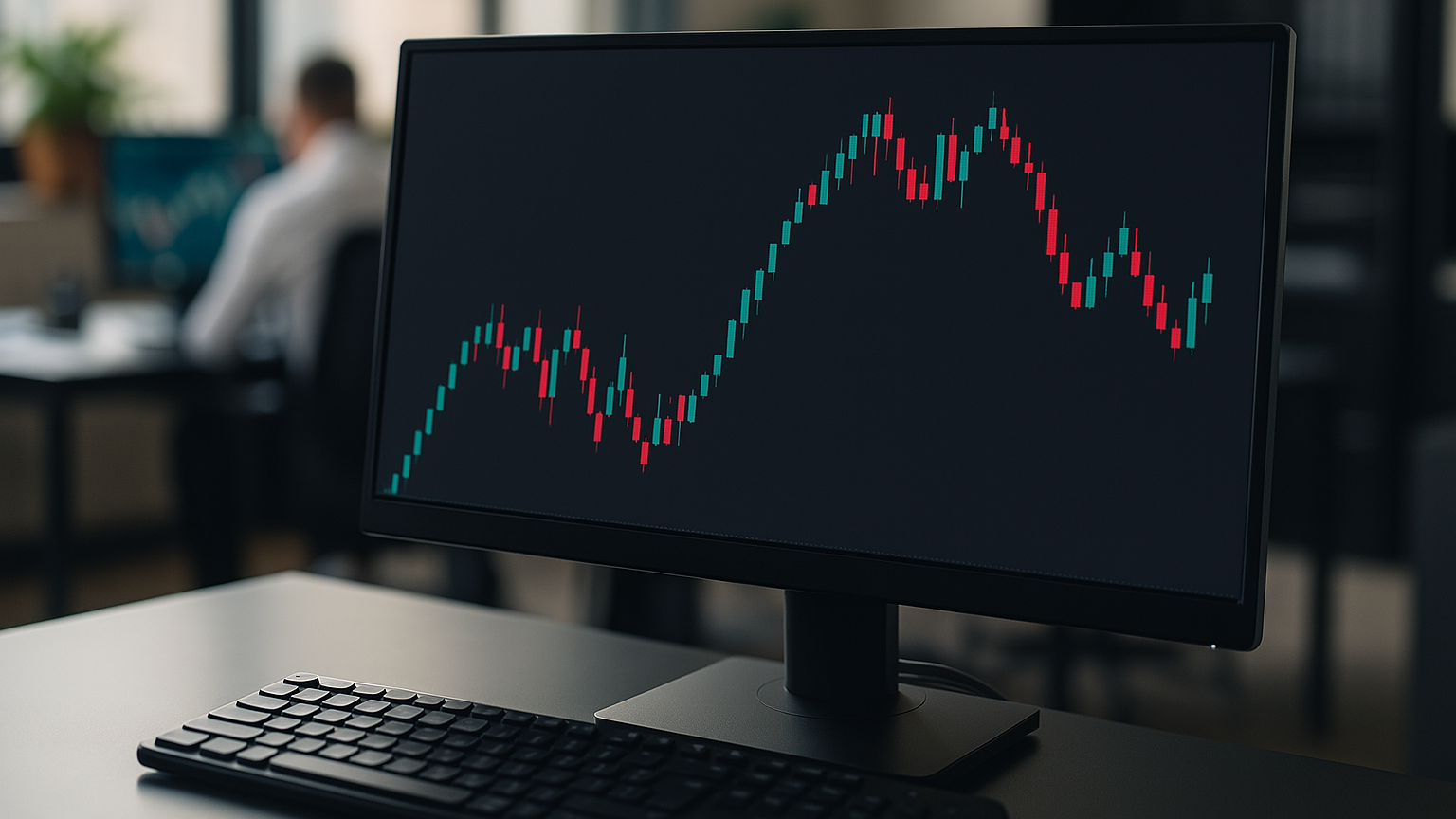Learn how stop orders can effectively manage trading risks and protect your investments through disciplined strategies and advanced techniques.
Stop orders are essential tools for managing trading risks and protecting your investments. They automatically execute trades when a security hits a specific price, helping you avoid emotional decisions and stick to your strategy. Here's what you need to know:
-
Types of Stop Orders:
- Stop-Loss: Limits losses by selling below a set price.
- Stop-Entry: Opens a position when the price breaks a key level.
- Trailing Stop: Adjusts with price movements to lock in profits.
-
Stop Placement Tips:
- Use technical analysis tools like moving averages, trendlines, and the ATR indicator.
- Avoid common mistakes like setting stops too close or at obvious levels.
-
Advanced Strategies:
- Trailing stops secure profits while allowing growth.
- Use market-specific tactics and tools like LuxAlgo for precision.
Stop orders are vital for disciplined trading, especially in volatile markets. They help you manage risk, protect profits, and stay consistent with your trading plan.
Stop Order Basics
Definition and Purpose
A stop order is a trading mechanism that automatically triggers a market order when a stock reaches a specific price. This helps protect your investment and ensures that your trading strategy is executed even in unpredictable markets. Once the price hits the set level, the order is executed at the best available market price, removing the need for constant monitoring.
"The advantage of a stop order is you don't have to monitor how a stock is performing on a daily basis." - Investor.gov
Now, let’s break down the main types of stop orders and how they help manage trading risks.
Main Stop Order Types
Stop orders come in several forms, each designed for specific trading situations:
| Type | Purpose | Example |
|---|---|---|
| Stop-Loss | Limits losses on open positions | Long position in XYZ at $27 with a stop-loss at $25 to cap downside risk |
| Stop-Entry | Opens a position when price breaks a key level | Buy order at $32.25 when XYZ moves above $32 resistance |
| Trailing Stop | Adjusts the stop price as the market moves in your favor | Stop price rises with XYZ's price, locking profits while protecting against drops |
Market Conditions and Stop Orders
The success of stop orders depends heavily on market conditions. For instance, during volatile periods, the actual execution price may differ from the stop price due to slippage. Additionally, during extreme market situations, exchanges like NYSE, BATS, and Nasdaq may temporarily suspend stop orders. To navigate these challenges, consider the following:
- Liquidity Impact: Choose high-liquidity markets for smoother execution.
- Volatility Risk: Be cautious of rapid price swings that might trigger stops too early.
- Market Type: Stop orders tend to work better in markets with strong liquidity.
Stop Loss Orders And Limit Orders Explained - Trading Basics
Stop-Loss Placement Rules
Stop-loss orders are essential for managing risk. Use technical analysis to strike a balance between protecting your capital and allowing trades enough room to develop.
Technical Analysis for Stop Placement
Technical analysis, especially support and resistance levels, can guide where to place stop-loss orders. For long trades, position your stop just below key support levels to account for normal market fluctuations. For example, during the March 2020 market downturn, traders who set stops just below the Dow Jones Industrial Average's 18,000 support level avoided exiting too early.
Here are some tools to help with precise stop placement:
| Technical Tool | Stop-Loss Placement Guide |
|---|---|
| Moving Averages | Place stops 1–2% below the moving average |
| Trendlines | Set stops below the trendline with a small buffer |
| ATR Indicator | Use 2× ATR to account for market volatility |
Common Stop-Loss Mistakes to Avoid
- Stops Too Close: Placing stops too near the entry point can lead to early exits. Use the ATR indicator to determine an appropriate distance.
- Static Stops: Fixed stop levels can leave profits unprotected. Trailing stops can help secure gains as the market moves in your favor.
- Emotional Adjustments: Avoid changing stop levels impulsively. Decide your stop-loss parameters before entering a trade.
- Obvious Levels: Placing stops right at support or resistance levels can backfire. Add a small buffer to avoid being caught by brief price spikes.
For instance, in 2020, placing stops just below the $1,900 resistance level in gold trading helped traders protect their positions while benefiting from price rallies.
Set your stop-loss levels based on your risk tolerance and market conditions. In the next section, we’ll explore trailing stop strategies to help you secure profits while managing risk effectively.
Trailing Stop Methods
Trailing stops are a flexible way to lock in profits while still allowing your trade to grow. Unlike fixed stop-loss orders, they adjust as the price moves in your favor, acting as a safety net that follows your trade's upward progress.
Trailing Stop Mechanics
Trailing stops shift with positive price movements, locking in gains if the price reverses. This approach helps secure profits without cutting off successful trades too soon.
Here are some common types of trailing stops and their uses:
| Trailing Stop Type | Description | Best Used For |
|---|---|---|
| Percentage-Based | Tracks price changes at a set percentage | Stocks with consistent trends |
| Fixed-Dollar | Keeps a fixed dollar distance from the price | Large-cap, stable stocks |
| ATR-Based | Adjusts based on volatility (e.g., 2.5–3.5× ATR) | Volatile markets |
| Moving Average | Trails behind a chosen moving average | Trend-following strategies |
Take Stock Z as an example: purchased at $90.13, its price rose to $90.54. The trader adjusted the stop to $0.40, ensuring a break-even point. As the price climbed to $92, the stop was tightened further to $0.25. When the stock reversed to $91.48, it triggered a sale at $91.70, resulting in a $942 profit (1.74%).
Trailing Stop Distance Guide
Choosing the right trailing stop distance is crucial. It depends on market volatility and your trading goals. The goal is to let profits grow while shielding them from sudden reversals.
In volatile markets, use the Average True Range (ATR) as a guide. Multiply the ATR by 3.5 and subtract it from the previous close for long positions.
For instance, consider NVIDIA: using a 10% trailing stop secured a 21.5% profit, compared to a looser 20% stop that only captured an 8% gain. This highlights how tighter trailing stops can protect profits while still allowing growth.
When setting trailing stops, consider these factors:
- Market Volatility: Higher volatility might require wider stops to avoid early exits.
- Time Frame: Shorter timeframes often call for tighter stops to catch quick moves.
- Trend Strength: Strong trends may allow for wider stops to capture larger gains.
- Risk Tolerance: Balance protecting profits with allowing normal price fluctuations.
To maximize results, combine trailing stops with trend filters, avoid impulsive changes, and adjust your approach as market conditions evolve.
Pro Stop Order Techniques
Partial Stop Orders
Divide your positions into smaller portions, each with its own stop-loss criteria. This allows you to secure early gains while giving the rest of your position room to grow. For example, you could tighten the stop on one part of your trade to lock in profits early, while letting the other portion ride longer for potential gains. A trader entering a short position at $27,450 might set a 2% stop-loss at about $28,000.
These techniques can be adjusted to suit different market conditions.
Market-Specific Stop Tactics
Your stop-loss strategy should align with the type of market you're trading. Here’s a quick guide:
| Market Type | Stop-Loss Strategy | Suggested Distance |
|---|---|---|
| Stocks | Time-based trailing stops | 5% for active trades, 15% for longer-term positions |
| Forex | Volatility-adjusted stops | Based on the current ATR |
| Crypto | Multi-level protection | Primary: 2–3%, Secondary: 5–7% |
"Avoiding a loss takes priority over improving gains" - Benjamin Graham
Exclusive Trading Features for Precise Stop Order Placement
LuxAlgo provides exclusive features on TradingView that enhance the precision of your stop order placements. For instance, the Price Action Concepts (PAC) toolkit automatically identifies key technical levels for setting stops, while the Signals & Overlays system delivers real-time alerts for necessary adjustments.
Key features include:
- Automatically identifying ideal stop levels
- Real-time divergence alerts
- Customizable stop monitoring notifications
- Comprehensive backtesting for stop strategies
Moreover, the AI Backtesting Assistant evaluates historical price movements across multiple timeframes, helping you determine optimal stop distances and reduce emotional decision-making. The integrated oscillator matrix further supports accurate stop adjustments by combining technical indicators with volume analysis.
Conclusion
Stop orders play a key role in managing risk and maintaining discipline in trading. Research indicates that 80% of new short-term traders leave the market within two years, highlighting the importance of effective risk management. Automating stop orders can help traders eliminate emotional decisions and protect themselves from large losses.
Using stop orders effectively requires understanding a few key principles. For instance, placing stops at 1.5 times the high-to-low range can help avoid premature exits while still safeguarding capital. Combining this approach with technical analysis and steering clear of obvious round numbers can make stop placements more precise.
Advanced trading features, such as LuxAlgo’s exclusive tools on TradingView, further enhance stop order strategies. By integrating dynamic technical analysis with automated backtesting and real-time alerts, these features support a disciplined and systematic approach to trading.
"Every battle is won before it is fought"






